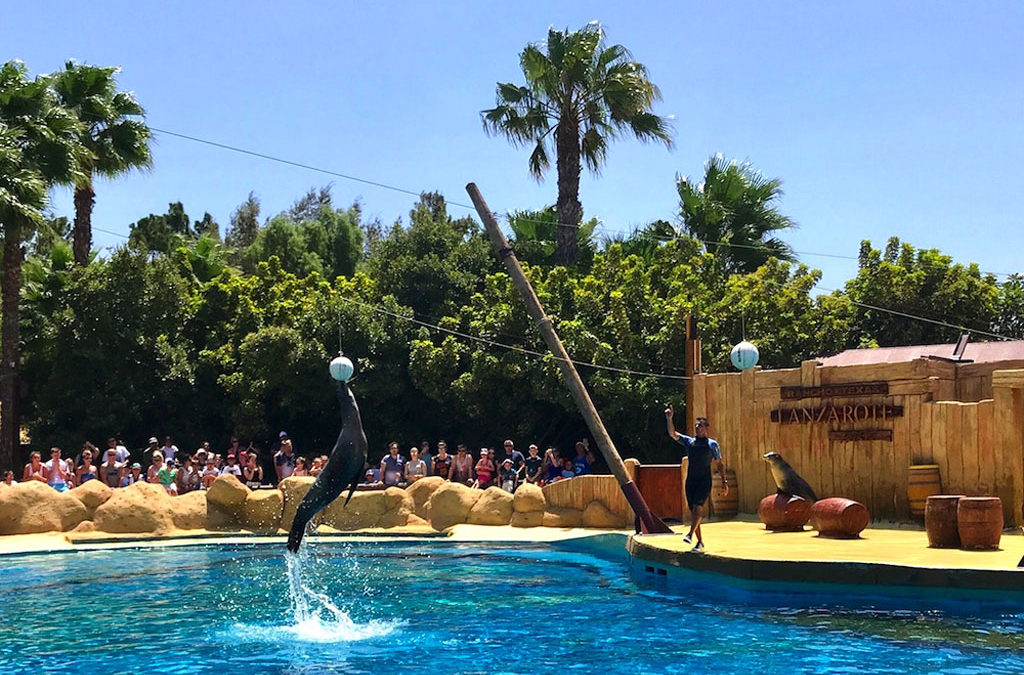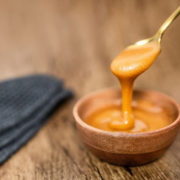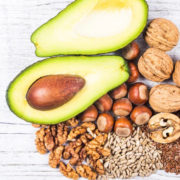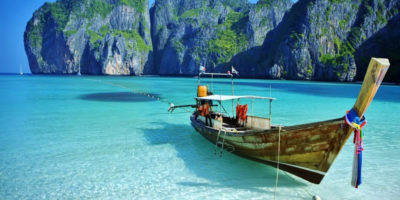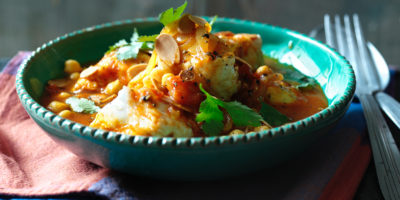Without a description of its Portuguese heritage history of Goa would be incomplete. The Portuguese invasion of Goa took place in the year 1503. Since that time it has been a tumultuous history- culminating in the freedom of the territory during the year 1961.
During the year 1503 the foundation of the Portuguese rule in the state was set by Alfonso -de- Albuquerque when he came to India as the head of a squadron. Once he was anointed the in- charge for Portuguese affairs in Goa, he laid a siege on the state during the year1510. Goa was then under Sultan Adil Shah. However, Albuquerque was defeated and sent back. Albuquerque returned in a few months with the demise from the sultan. Now, he was combined with Timoja, a Hindu chieftain. In the year 1510 he captured Goa and declared it the head of the Portuguese empire in India.
Albuquerque made quite a lot of contributions to the Goan society in the five years of rule- notable among these was the abolition from the Hindu practice of Sati. At the time of his death, Portugal was the supreme naval power in India by virtue of its control over Goa!
By 1543 they had brought regions like Salcette and Bardez under its control and Portuguese sustained their plan of spreading out. The areas which were originally conquered were referred to as "Velhas Coquistas" that roughly translates into ‘old conquests’! The history of Goa marked its ‘golden era’ towards the end of the sixteenth century.
This aggressive continued with all the toting up of new regions like Daman, Diu and Bombay. Portugal’s overwhelming interest in India was commercial. Conversely, a bunch of weak successors following Albuquerque failed to strengthen the gains made at this time. Even then- Portugal occupies a enormous 450 years in the history of Goa.
The Portuguese rule marks a phase of trade and industry success in the history of Goa. Before the advent of the Portuguese, Goa was barely known as a transit point for the Arabian horses to places in the subcontinent and also like a harbor for transporting Muslims to Mecca.
The Christian missionaries spread education in the territory and contributed to its literacy. There had been significant additions in the area of art and music through this period. Goa also grew to become the destination of preference for a number of goldsmiths and silversmiths. This contributed towards the improvement from the exquisite filigree work- a complex work of foliage and jewels on metal. The language of the people as well underwent a transformation- with the establishment of Portuguese as the language of choice for all official work.
Yet, the wealthy and economically prosperous era was not to last- the history of Goa was once again facing an upheaval- and this time that it was to maintain the form of the Dutch and English colonizers!



